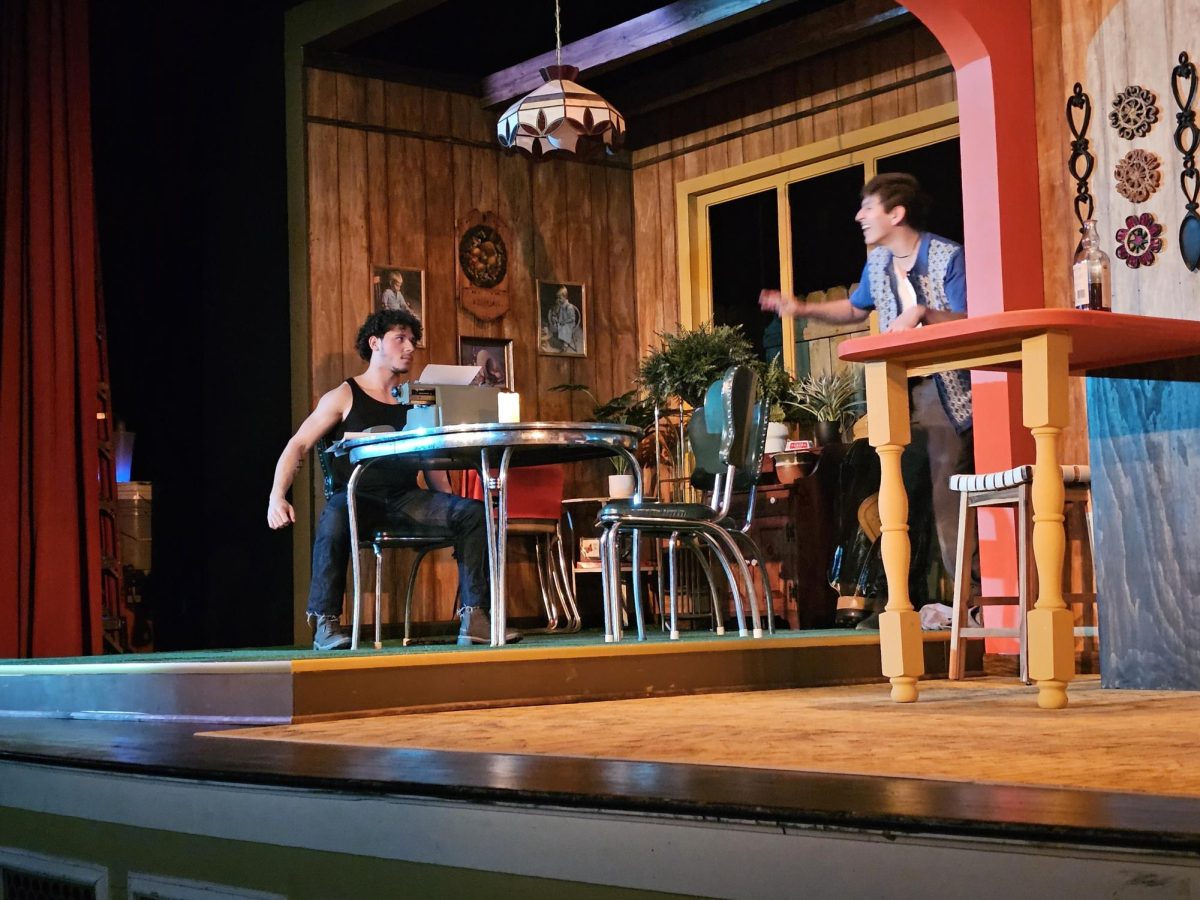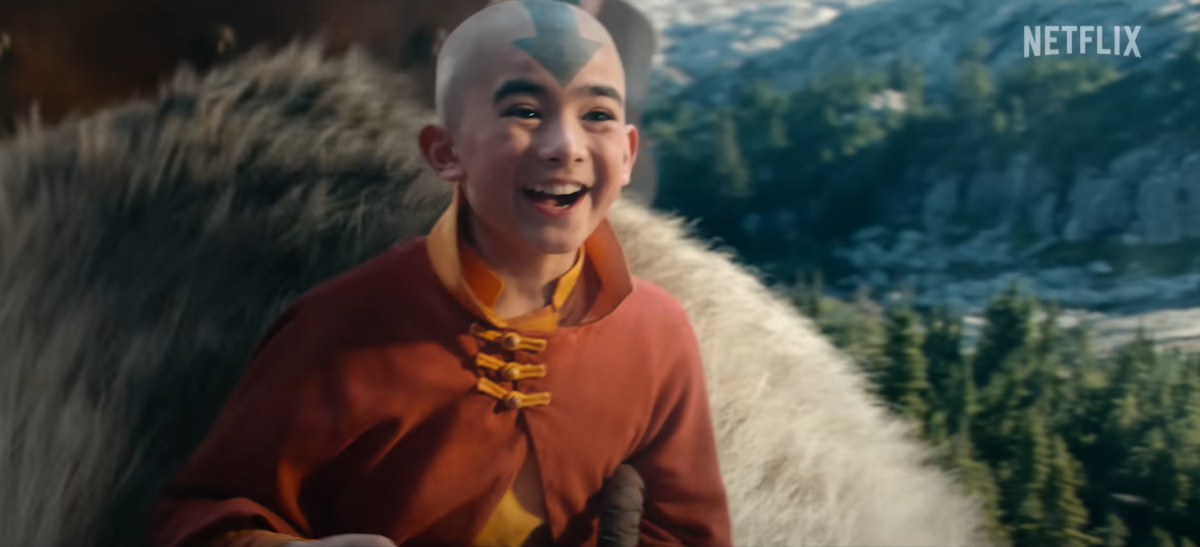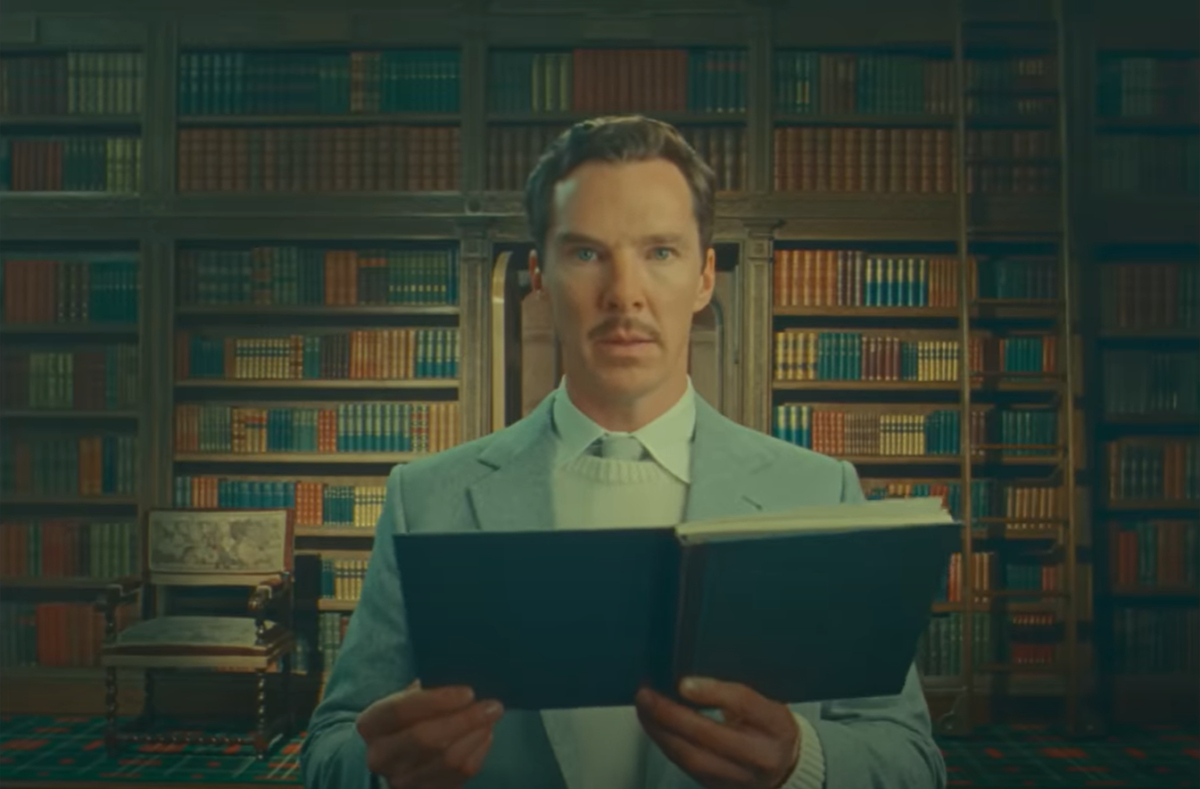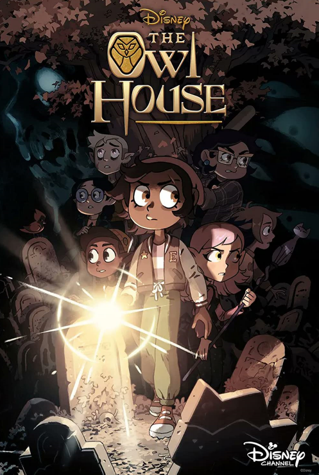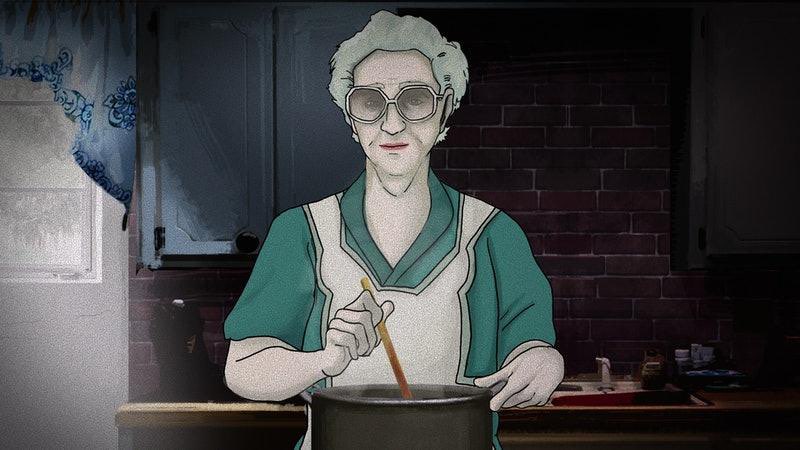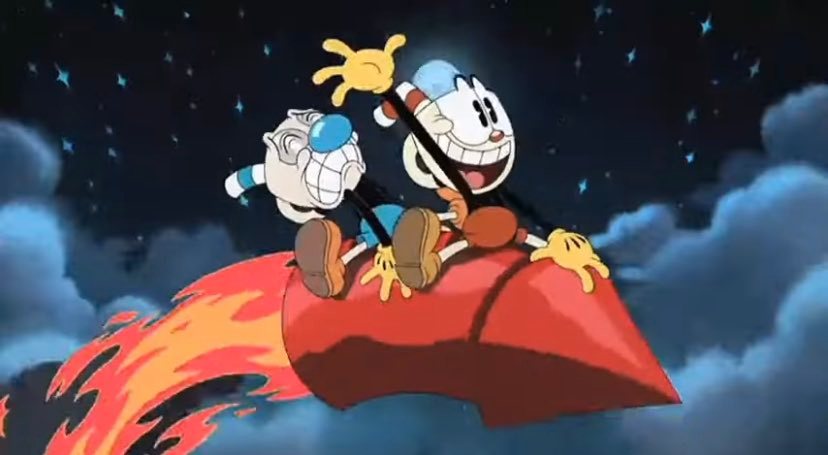By Michael Walsh
Zombies have finally come to our living rooms, and it’s not by way of an undead apocalyptic nightmare.
Unless you’re AMC or HBO, good dramatized television isn’t easy to pull off. While the basic cable outlets are busy offering a series of cheesy dramas, the more capable premium networks have been flexing their creativity, with the latest intriguing offering being AMC’s The Walking Dead, a TV adaptation of the series of comic books with the same name.
In the wonderfully capable hands of Frank Darabont (director of The Shawshank Redemption, The Green Mile and The Mist), The Walking Dead puts viewers in the midst of a zombie outbreak, with our sights set on a group of survivors in Atlanta.
I’d be remiss in not saying that before The Walking Dead premiered on Halloween night that I was a bit hesitant about having zombies on TV. While amplified gore and violence aren’t completely necessary to create even the perfect zombie experience (see: George A. Romero’s Night of the Living Dead), it does help, and the genre certainly needs the extra breathing room to have the opportunity to do so.
But as the first two episodes showed, AMC has given the creators of the show that extra leeway needed to truly create the depressing, discouraging and absolutely manic feeling only a zombie apocalypse could bring to someone. Zombies are gnarly, with skin falling off their bones and parts of the body completely missing, and head shots courtesy of our human friends stay in full frame of the camera. In other words, hardly anything is skimped at, except of course for language, where the awkward use of “hell” replaces our favorite four letter word.
Fans of George A. Romero’s classic and traditional work inside the zombie realm will fall in love with what Darabont has put together. A world, while limited to Atlanta and its surrounding locales, has been created and the feeling of isolation is present as anything, two important qualities of any zombie work that wants to be taken seriously. In addition, the characters have been pulled from the pages of Robert Kirkman, Tony Moore and Charlie Adlard’s comic book series and have been given life and motives. While not the most fully fleshed out individuals there are, their differences and developments help create just enough internal conflict to juxtapose their actual battle with the undead.
In the first two episodes, a series of events has fueled the fire for the remaining four, and gives the viewer enough motive of their own to return to the drama, aside of course from all the fun zombie action. At first, some of the drama seemed forced, a bit much and overdone. It’s proof of how difficult handling the zombie genre can be when you try to turn it into something as serious as it truly would be, rather than the more fun and campy direction most filmmakers tend to take the subject towards in film. In Romero’s films, he would do this by way of biting social commentary and ethical arguments with a dash of comic relief, and the same mixture exists here.
It remains to be seen where The Walking Dead will be taken. The first two episodes introduced viewers to a good amount of characters, some of which have hardly been accounted for. One thing that is for certain is that this Darabont’s project is worth watching and should be taken as a serious entry into televisions new found love of zombies.





